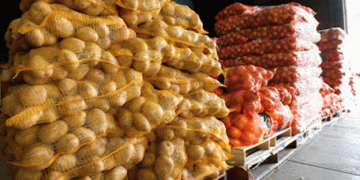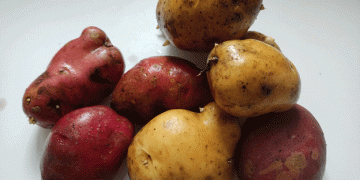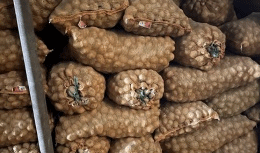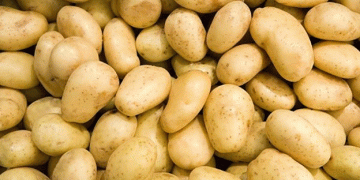When it comes to innovative ways to boost health, few would immediately think of potatoes. Yet, the striking purple potato is making waves in the nutrition and agricultural communities for its cancer-preventing potential. According to Elena Taranova, Head of the Department of Grain, Baking, and Confectionery Technologies at the University of ROSBIOTECH, this variety is not only visually captivating but also loaded with powerful antioxidants.
The Science Behind Purple Potatoes
The deep purple color of these potatoes comes from anthocyanins, which are natural flavonoids. Taranova explains that these compounds have strong antioxidant properties that neutralize free radicals in the body. Free radicals are unstable molecules that can cause cellular damage, potentially leading to cancer and other diseases. By neutralizing these harmful molecules, anthocyanins can lower the risk of tumor formation.
In addition to their antioxidant benefits, purple potatoes are rich in dietary fiber, essential vitamins, and minerals, making them a nutritious option for health-conscious consumers. Researchers are particularly interested in how these potatoes can fit into dietary regimes aimed at preventing lifestyle diseases like diabetes. Some varieties are bred to have reduced starch content, which is helpful for people following low-carbohydrate diets or those managing insulin sensitivity.
The Role of Plant Breeding
Plant breeders are actively developing new varieties of purple potatoes tailored to specific climate conditions and consumer needs. According to Taranova, advancements in breeding techniques have made it possible to create potatoes with specific functional properties, such as varying levels of starch or fiber and enhanced nutrient profiles. “Selective breeding allows us to target these health-boosting attributes while ensuring that the potatoes remain adaptable to different environments,” Taranova states.
These varieties are not only beneficial for human health but also an asset to agriculture. As they are bred for adaptability, they offer farmers opportunities to diversify crops and increase resilience in the face of climate variability. The rising interest in functional foods—those that provide health benefits beyond basic nutrition—is driving research into optimizing these potato varieties further.
Versatile in Diets and Nutrition
Purple potatoes can be a valuable addition to many diets, particularly for individuals seeking low-glycemic or low-starch food options. Taranova highlights that these potatoes are suitable for people predisposed to diabetes or those following carbohydrate-restricted diets. The high antioxidant content and nutritional profile make them an excellent choice for enhancing meals without compromising on health.
Purple potatoes are proving to be more than just a colorful novelty. Their cancer-preventive properties, driven by anthocyanin content, position them as a promising crop in both the health and agricultural sectors. Through selective breeding, these potatoes are being tailored to meet both nutritional needs and environmental challenges, offering a glimpse into the future of functional foods. As research and development continue, purple potatoes could become a staple in both fields and kitchens worldwide.






